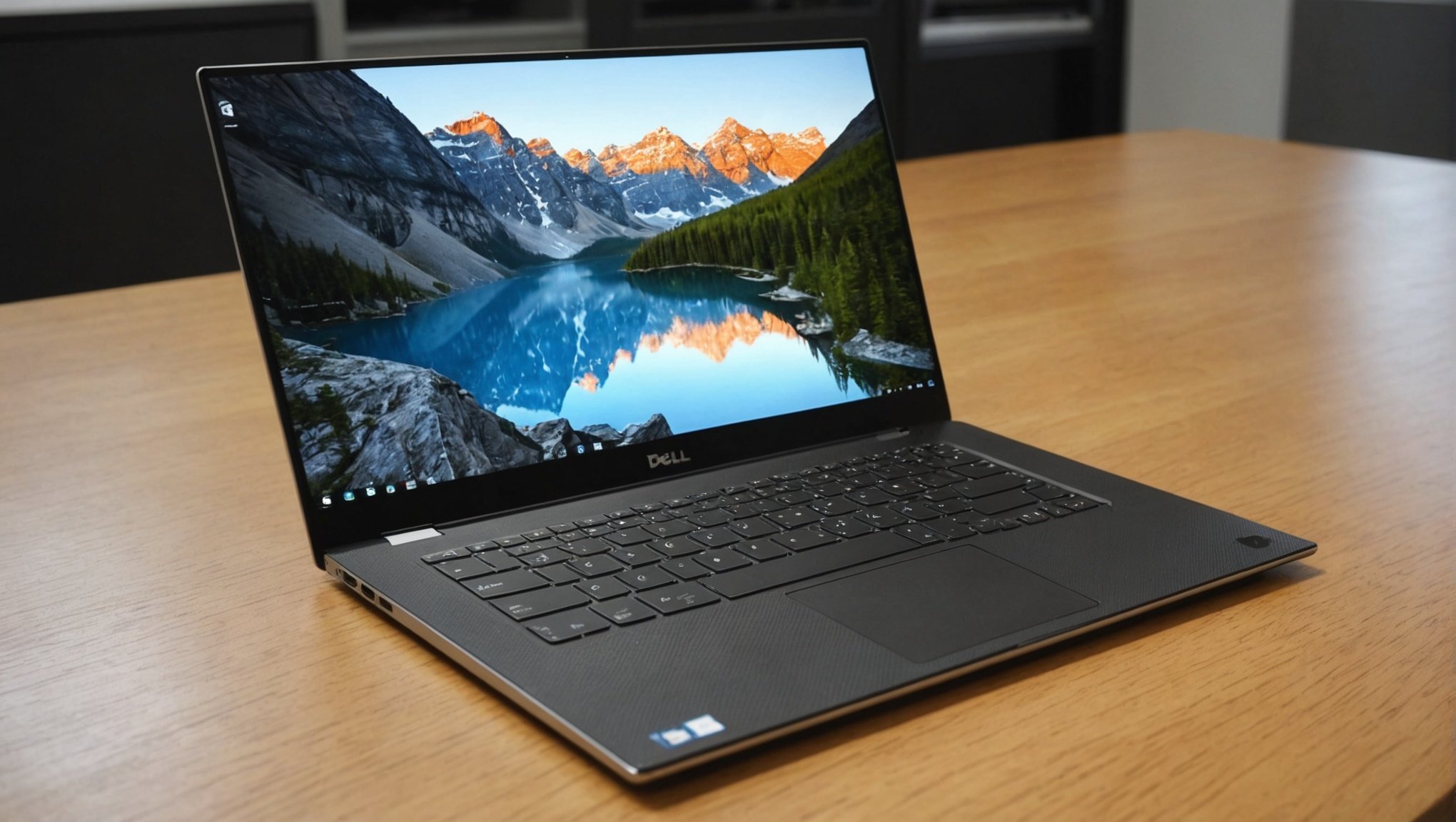In a world where technology evolves at an unprecedented pace, ensuring your devices are up to the task is paramount. The Dell XPS 13, renowned for its sleek design and robust performance, sometimes needs an extra push in the graphics department to handle gaming or intensive video editing. An external GPU (eGPU) is a perfect solution for enhancing your laptop’s graphics capabilities. This article will guide you through the comprehensive steps to install and configure an external GPU on a Dell XPS 13, ensuring you achieve improved graphics performance without a hitch.
Understanding the Need for an External GPU
Before diving into the technical details, let’s establish why one might need an eGPU for a Dell XPS 13. The XPS 13 is powerful, but its integrated GPU can be a bottleneck for tasks requiring substantial graphical power, such as 3D rendering, video production, and modern gaming. By connecting an eGPU, you can transform your laptop into a high-performance machine capable of handling demanding graphical tasks with ease.
Additional reading : What specific steps should be taken to configure a secure IoT setup using a Netgear Nighthawk AX12?
Preparing Your Dell XPS 13 for eGPU Installation
To get started with your eGPU setup, some preliminary steps ensure a smooth installation process. First, ensure your Dell XPS 13 is compatible with an eGPU. Most recent models have Thunderbolt 3 or Thunderbolt 4 ports, which are crucial for connecting an external GPU.
- Update Your BIOS and Thunderbolt Firmware: Navigate to Dell’s support website and download the latest BIOS and Thunderbolt firmware updates for your XPS 13 model. These updates often include enhancements and bug fixes that improve eGPU compatibility.
- Install the Latest Graphics Drivers: Ensure your Intel integrated GPU drivers are up to date. Visit the Intel website to download the latest drivers, as outdated drivers can cause conflicts when installing the eGPU.
- Purchase the Necessary Hardware: Besides the eGPU itself, you will need a Thunderbolt 3 or 4 cable, a compatible power supply unit (PSU) for the eGPU, and potentially a docking station if you plan to connect multiple peripherals.
Preparing your laptop and gathering the necessary components ensures a seamless transition to utilizing an eGPU.
Topic to read : How to set up a secure remote desktop environment using a Raspberry Pi 4 and VNC?
Choosing the Right External GPU Enclosure
Selecting the appropriate eGPU enclosure is critical. The enclosure houses the GPU and interfaces with your laptop. Several factors determine the best choice for your needs:
- Compatibility and Size: Ensure the enclosure is compatible with the GPU you plan to use. Some enclosures support only specific sizes or brands of GPUs.
- Power Supply: Choose an enclosure with an adequate power supply that can handle the GPU’s power requirements. It’s essential to check the GPU’s power needs and the enclosure’s power delivery capabilities.
- Connectivity Options: Consider an enclosure that offers additional ports, such as USB, Ethernet, or DisplayPort. This can enhance the versatility of your setup.
- Cooling and Noise Levels: Effective cooling is crucial for maintaining optimal performance. Some enclosures come with advanced cooling solutions to prevent overheating.
Researching and selecting the appropriate eGPU enclosure ensures that you maximize the performance and stability of your setup.
Connecting and Setting Up the External GPU
After preparing your laptop and selecting an eGPU enclosure, it’s time to connect and configure the setup. Follow these steps meticulously to ensure everything functions correctly:
- Install the GPU in the Enclosure: Open the eGPU enclosure and securely install your chosen GPU. Make sure it is properly seated and connected to the power supply unit.
- Connect the Enclosure to the Dell XPS 13: Use a Thunderbolt 3 or 4 cable to connect the eGPU enclosure to your laptop. Ensure both the laptop and the enclosure are powered on.
- Install Required Drivers: Once connected, your laptop should detect the new hardware. You may need to install drivers for the external GPU. Visit the GPU manufacturer’s website to download the latest drivers.
- Configure Graphics Settings: Access your laptop’s display settings to designate the external GPU for specific applications. This step is crucial for ensuring intensive tasks utilize the eGPU instead of the integrated GPU.
- Monitor Performance and Adjust Settings: After setting up, monitor your laptop’s performance during intensive tasks. Adjust settings in your eGPU software or BIOS to optimize performance and ensure stability.
Following these steps ensures your Dell XPS 13 utilizes the external GPU effectively, providing a significant graphics performance boost.
Troubleshooting Common Issues
Despite careful preparation and setup, you may encounter issues when using an eGPU with your Dell XPS 13. Here are common problems and their solutions:
- eGPU Not Detected: If your laptop doesn’t recognize the eGPU, ensure the Thunderbolt software is running and the cable is properly connected. Updating the Thunderbolt drivers can also resolve detection issues.
- Driver Conflicts: Conflicts between the integrated GPU drivers and external GPU drivers can cause performance issues. Uninstall and reinstall both sets of drivers to resolve conflicts.
- Performance Issues: If you experience suboptimal performance, check for thermal throttling within the eGPU enclosure and ensure the power supply unit is adequate for the GPU.
- Display Issues: Ensure the external monitor is securely connected to the eGPU and that the correct input source is selected on the monitor. Adjust display settings on the laptop to configure the external monitor properly.
By addressing these common issues, you can maintain a stable and efficient eGPU setup for your Dell XPS 13.
In conclusion, installing and configuring an external GPU on your Dell XPS 13 can significantly enhance its graphics performance, making it capable of handling demanding tasks such as gaming and professional video editing. By following the outlined steps, from ensuring compatibility and selecting the right enclosure to connecting and troubleshooting, you can achieve a seamless upgrade that transforms your laptop’s capabilities.
An eGPU setup is an excellent investment for those needing enhanced graphical power while maintaining the portability and elegance of the Dell XPS 13. Through careful preparation, selection, and configuration, you can harness the full potential of your laptop, ensuring it remains a powerful and versatile tool in your technological arsenal.











